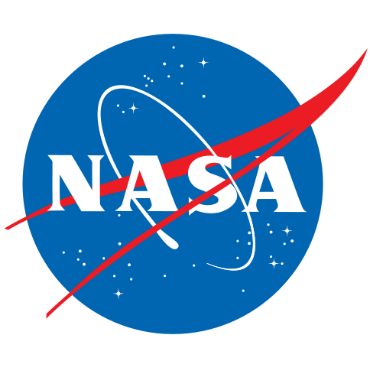NASA is sending the next generation of Google smartphones to the International Space Station with the goal of easing some of the workaday load for astronauts.

NASA is sending Google smartphones to the International Space Station as the next step in pursuing the agency's goal of having robots assist astronauts in space.
The two phones, equipped with 3D sensing technology, are scheduled to be launched July 12 and will be attached to Synchronized Position Hold, Engage, Reorient, Experimental Satellites (SPHERES) on the ISS.
NASA has been using the SPHERES since 2006 for relatively minor activities such as docking maneuvers and free-flying algorithm tests. But the agency has bigger plans for the bowling ball-sized spherical satellites, which can be guided around the space station's interior at about an inch per second. Officials want the satellites to be able to perform tasks and sense their surroundings. And all the capabilities NASA wanted could be found in a smartphone.
In July 2011, NASA sent up Google Nexus S phones, which were the state-of-the-art Android phones at the time, and used them to establish remote control of the SPHERES so the crew on the ISS and back at the Johnson Space Center in Houston could control them.
The SPHERES with the Nexus phones have only been operating in a two-square-meter area on the ISS. That's where the latest Google smartphone comes in.
The Project Tango smartphone -- not yet available to the public and no word on when it will be -- has 3D sensing capabilities and a wide-angle camera that can detect surrounding features.
Chris Provencher, NASA's Smart SPHERES project manager, described it as a phone that knows exactly how much it is moving when it moves -- "a GPS without the GPS."
"It didn't make any sense to reinvent the wheel," he added. "Instead of trying to do it ourselves, we decided to leverage the existing smartphone capabilities."
NASA will run two tests with the Google phones. First, someone on the ISS will take a phone through the entire space station to build a 3D map. Once that is done, a second test will use the phones to tell the SPHERES where to fly.
The first mapping activity is tentatively scheduled for early August, and the demo will happen about one month later, Provencher said.
In preparation, the team has been adapting the phone for use in space. Even seemingly simple tasks, such as the screen rotation tilt controlled by the phone's orientation, are affected by zero gravity.
To tackle those challenges, Google and NASA signed a Space Act agreement, which gives companies a way to partner with the agency and for NASA to get its hands on new technology.
"We talked to them about the progress of our work," Provencher said. "Sometimes things could be fixed in the software that Google has provided, and sometimes we have to go off and fix it ourselves."
Eventually, NASA officials hope the SPHERES will reduce the amount of housekeeping tasks astronauts have to perform, such as measuring air and sound quality in the ISS, and allow them to spend more time on mission-focused tasks, Provencher said.
NEXT STORY: U.S Marshals plot data strategy






